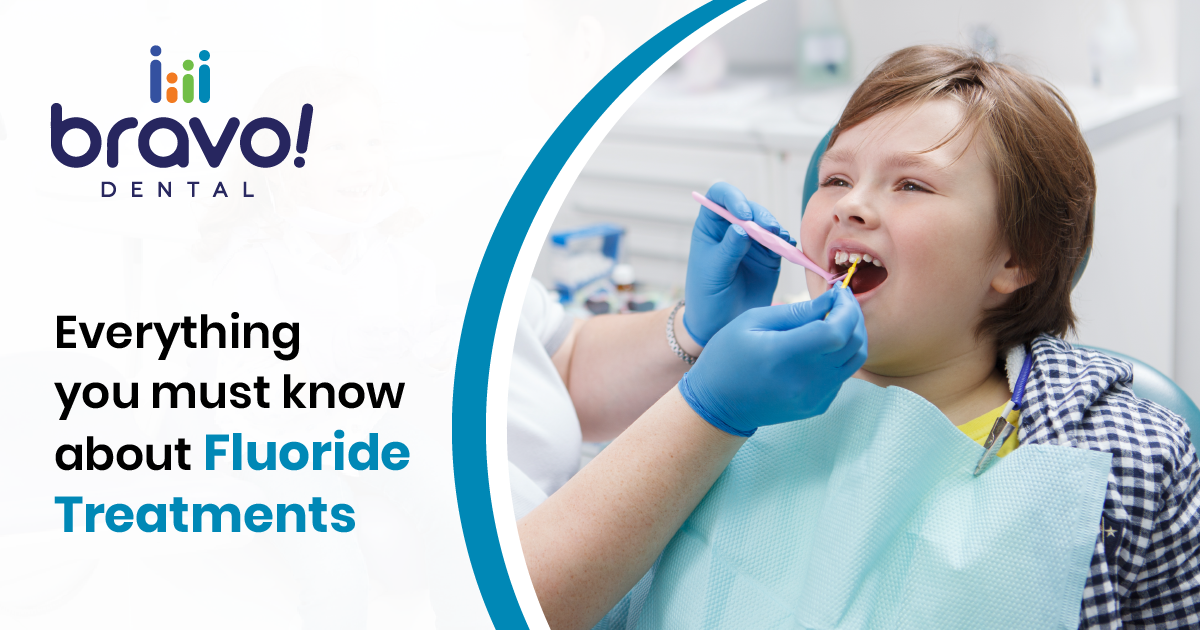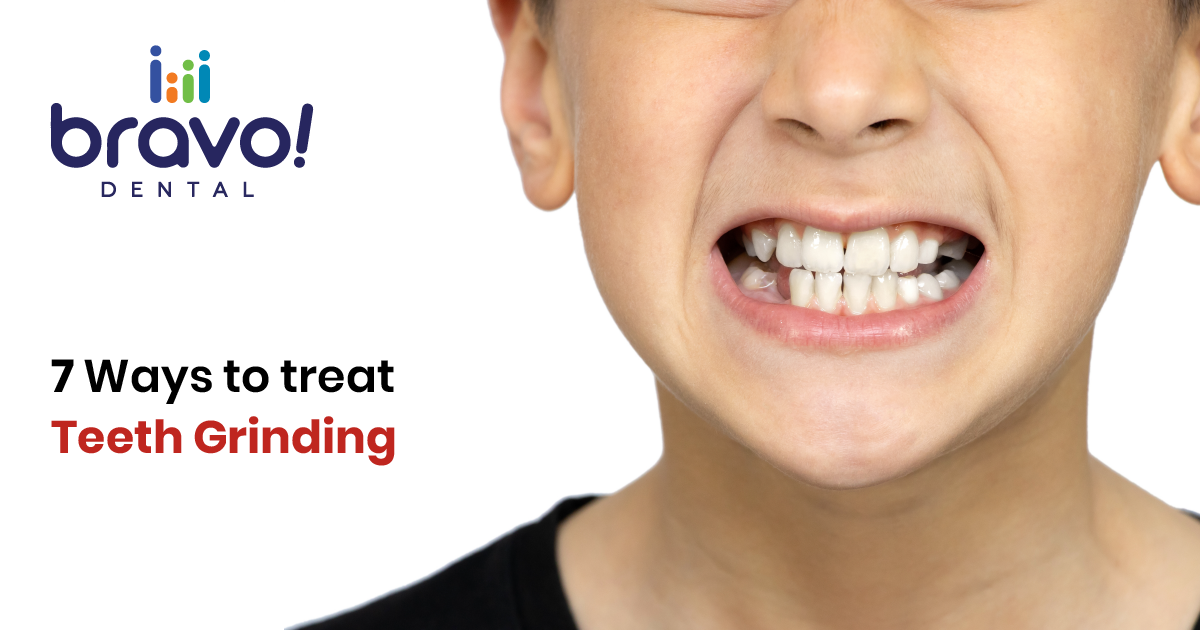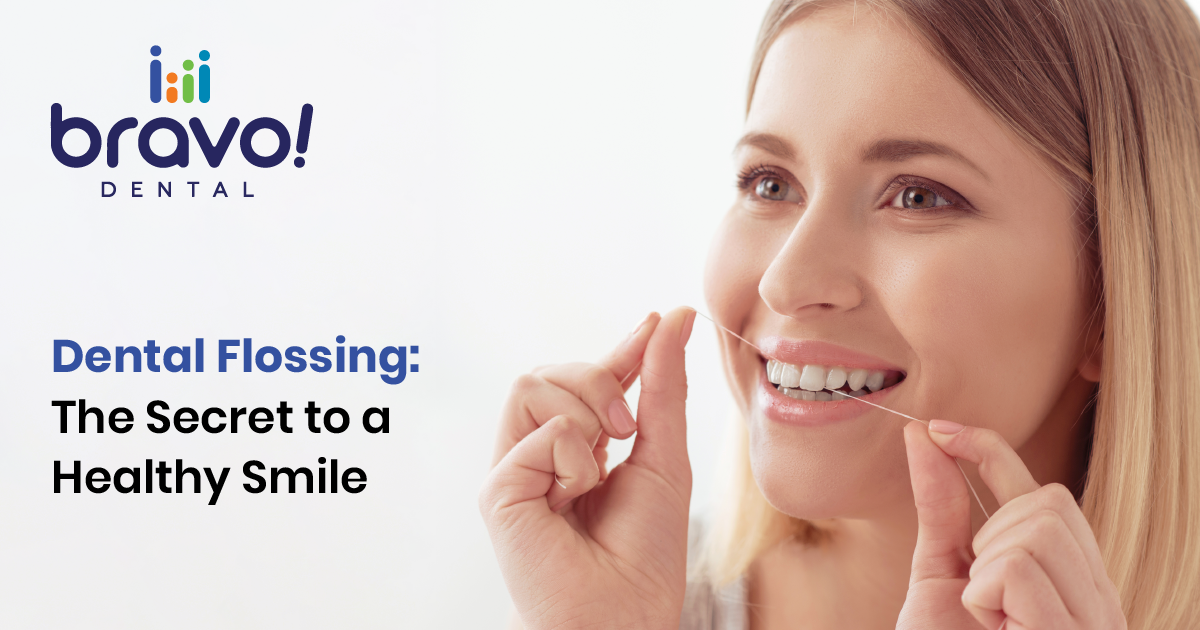Maintaining good oral hygiene is essential for overall health and well-being. Brushing and flossing regularly, along with routine dental check-ups, form the foundation of a healthy dental care routine. However, some individuals may require additional measures to strengthen their teeth and prevent decay. This is where fluoride treatments come into play.
What is Fluoride?
Fluoride is a naturally occurring mineral that is helpful in the formation of healthy teeth and the prevention of cavities. Fluoride prevents tooth decay and remineralizes tooth enamel making it more resistant to acid attacks from plaque and bacteria.
Types of Fluoride Treatments:
Topical Fluoride: This treatment involves the direct application of fluoride to the teeth. It can be administered as a gel, foam, varnish, or rinse during dental visits.
Systemic Fluoride: Systemic fluoride refers to fluoride that is ingested and enters the bloodstream. It can be obtained through fluoridated water, fluoride supplements, or dietary intake.
Professional vs. At-Home Treatments:
Professional Fluoride Treatments: Dentists are equipped to provide concentrated fluoride treatments that are more potent and effective. These treatments are often recommended for individuals with a high risk of cavities or weakened enamel.
At-Home Fluoride Products: Over-the-counter toothpaste, mouth rinses, and fluoride gels are available for daily use. While these products offer some level of protection, they may not be as potent as professional treatments.
Benefits of Flouride treatments
Strengthening tooth enamel: Fluoride treatments aid in mineralizing weakened enamel, making it more resistant to acid attacks and preventing tooth decay.
Prevention of cavities: Remineralizes your tooth enamel, reverses early tooth decay, slows down the process of demineralization, prevents the growth of cavity-causing bacteria.
Suitable for all age groups: Fluoride treatments benefit children, ensuring the development of strong permanent teeth. They also benefit adolescents and adults, providing an extra layer of protection against tooth decay.
Professional treatments: Dentists provide concentrated fluoride treatments that are more potent and effective, recommended for individuals at high risk of cavities or those with weakened enamel.
Enhanced oral health: Regular fluoride treatments improve oral health, reducing the need for extensive dental treatments and expenses in the long run.
Widely available: Fluoride treatments are widely accessible through dental visits or over-the-counter products, making it convenient to incorporate them into a dental care routine.
Proven efficacy: Extensive research and clinical studies have demonstrated the effectiveness of fluoride treatments in preventing tooth decay and promoting dental health.
How frequently should I have fluoride treatments?
The answer to this question depends on your specific oral health concerns. Fluoride treatments every six months are beneficial to many people. If you have a history of cavities, you may benefit from more frequent treatments. Consult your dentist to determine what is best for you.
Conclusion
Fluoride treatments offer a range of benefits for dental health. Fluoride is vital in maintaining optimal oral hygiene, from strengthening tooth enamel to preventing cavities. However, overdosing on fluoride can cause negative complications. So, get expert advice at Bravo! Dental today.










